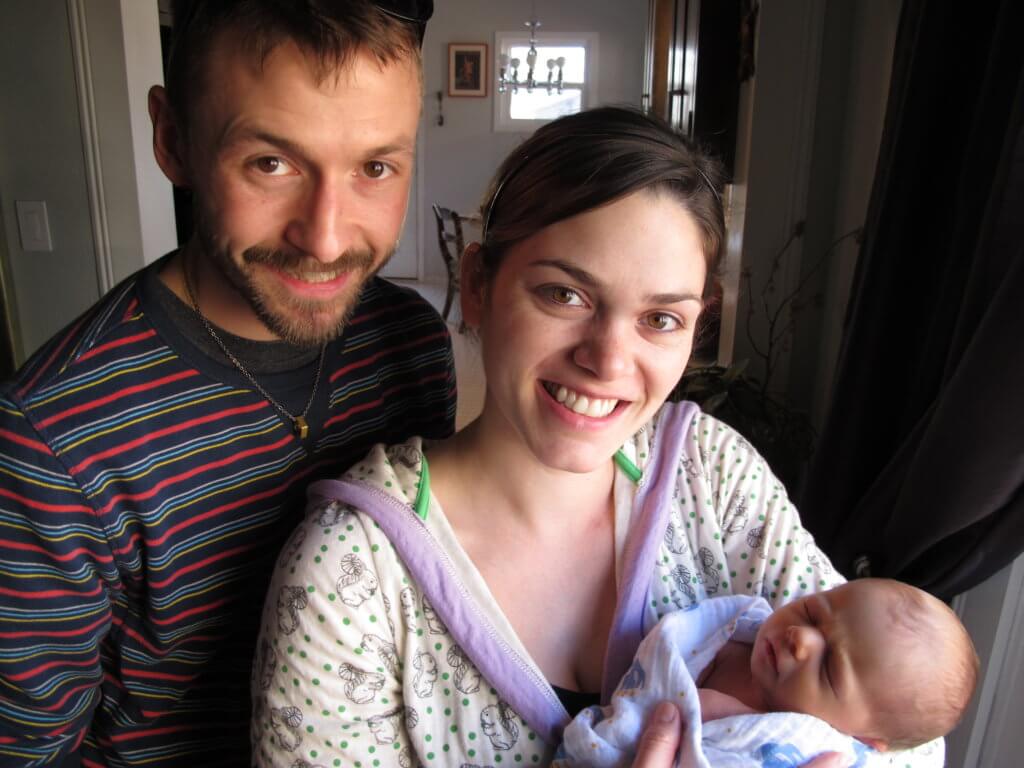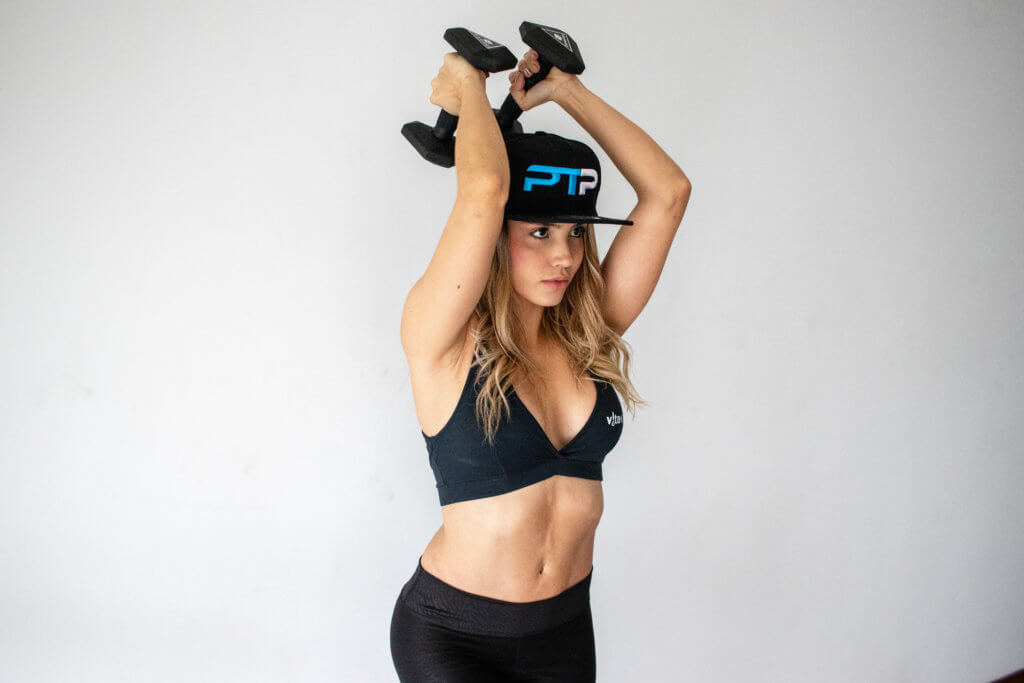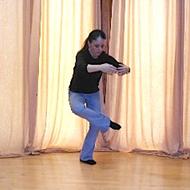Any parent will tell you that taking care of young children can wear you out. They need constant care and attention, their schedule shifts from day to day and week to week, and their mood swings will definitely affect their parents’ demeanor.
While many moms (and dads) skip exercise because it’s too challenging to work into their schedule, exercise can help parents lose excess weight, minimize depression and feel better.

“Finding time to exercise is one of the biggest challenges for parents,” says Rachelle Hill (a physical therapist at Moreau Physical Therapy in Louisiana), “along with finding the energy to get going.” She recommends setting goals to help you stick to a routine. Whether the goal is losing weight, improving your health, or getting rid of back pain, she advises posting goals in highly visible areas, like the bathroom mirror or the front of the refrigerator, so they are hard to miss.
As little ones settle into a sleep routine, parents can work out while they rest. To make the most of the time you have, says Rachelle, consider these options when building your regimen:
- Challenge your core strength and balance.
- Exercises that involve your arms and legs at the same time will help work multiple body parts in a short period of time.
- Utilizing a circuit training format will help keep your heart rate up and burn more calories than just performing isolated muscle movements.
- Add challenges like plyometrics and interval training to increase your workout.

Ann Cowlin, an expert on women’s health and the creator of Dancing Thru Pregnancy, one of Physiquality’s partner programs, agrees that whole body movement is key to working out. Even simply standing up to extend the entire body, then sitting down again, can renew your alignment and remind your brain where the weight bearing joints are. (This is also great to do periodically throughout the day if you work at a computer.) Ann also reminds parents to burn calories and challenge your breathing — climb up and down stairs, put on some music and dance, or take a brisk walk. “Moms and dads need to stoke up their metabolic fires for a healthy weight to feel strong and to have endurance for the challenges of parenthood!” she adds.
Be sure to check with your physical therapist or doctor before adding more intense exercise like plyometrics, running or interval training to your daily routine, particularly if you recently gave birth. Most women are cleared for such exercise around the 4 – 6 week mark postpartum, but it is always best to ask your physician.
Rachelle has created a sample exercise program that can be modified depending on your fitness level.
Warm up for 2 minutes.
Start with basic forward and back steps, similar to a step aerobics class. You can add step height by stepping onto an aerobic workout block or book, or try a Bosu (below) for increased difficulty.

Side steps: 20 reps.
To increase difficulty, add a rowing motion with arms and alternate hamstring curls.
Low box lateral shuffle: 20 reps.
If you don’t have a box to cross over, try keeping a low squat while performing multiple side steps in one direction, then repeat to the other side.
Backwards lunge with biceps curl: 20 reps.
Return to basic forward and back steps for 2 minutes.
Seal jumping jacks: 20 reps.
Note that the difference from traditional jumping jacks is the hand placement — the hands move from a “T” position to meet in front of the chest, rather than over the head.
Hand touches from a plank position: 10 alternating touches.
These will challenge your lower abdominal muscles and upper body strength as you move one hand to the other hand’s position, then back to its starting point. To make this harder, continue to walk your hands to the side while maintaining the plank position and continue side to side for further distance.
Split jumps: 6 reps.
If the impact is too difficult, you can perform a stationary lunge, lowering your body into the same position without the jumps.
Overhead triceps extensions: 10 reps.
Want to up the intensity? Do it while balancing one leg.

Cool down: Basic forward and back steps for 2 minutes.
Want to do this workout tonight? Print a copy for later! The program can be modified to your fitness level, and we recommend consulting with your physical therapist or other medical professional to make sure you’re following the right regimen for you.
And as important as working out is, don’t forget to take a break too. Ann recommends that when your baby is sleeping, before you rush off to do housework or fit in some exercise, take 10 minutes to lie down, breathe deeply and do a progressive relaxation, allowing the muscles to let go and sink into the bed (or yoga mat, if you prefer). The brain gets a rest, too — giving you a clear head to tackle the next project.
Thank you to our contributors:

Ann Cowlin, MA, CSM, CCE, is the creator of Dancing Thru Pregnancy, one of Physiquality’s partner programs. Ann is the author of Women’s Fitness Program Development, a guide to creating girls’ and women’s health and fitness programming, and is the expert consultant for the U.S. Army’s Pregnancy and Postpartum Train the Trainer Program.

Rachelle Hill, PT, MSPT, CSCS, is a physical therapist at Moreau Physical Therapy, a Physiquality member with several locations in Louisiana. A mother of two, Rachelle has more than 10 years of physical therapy experience and is also a certified strength and conditioning specialist. She specializes in treating musculoskeletal injuries, with a passion for treating running injuries, and working with new moms trying to return to physical activity.
Improving your balance. Physiquality, December 22, 2014.
Vogel, Amanda. Mix up workouts to crank up your metabolism. Women’s Health, January 23, 2011.
Ator, Jen. Plyometrics: Jump on it! Women’s Health, June 16, 2010.
“Balancing on the #Bosu” by billsoPHOTO is licensed under CC BY-SA 2.0.
“Brand New Parents” by OakleyOriginals is licensed under CC BY 2.0.
“Girl double dumbbell tricep extension” by PTPioneer is licensed under CC BY 2.0.